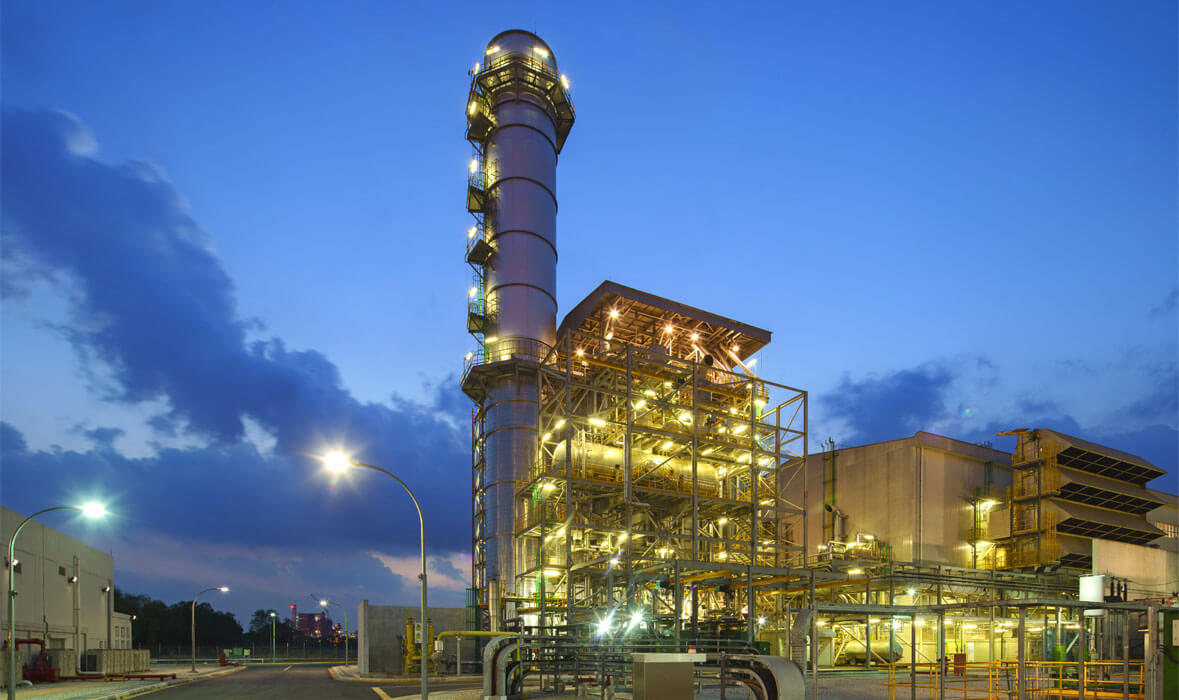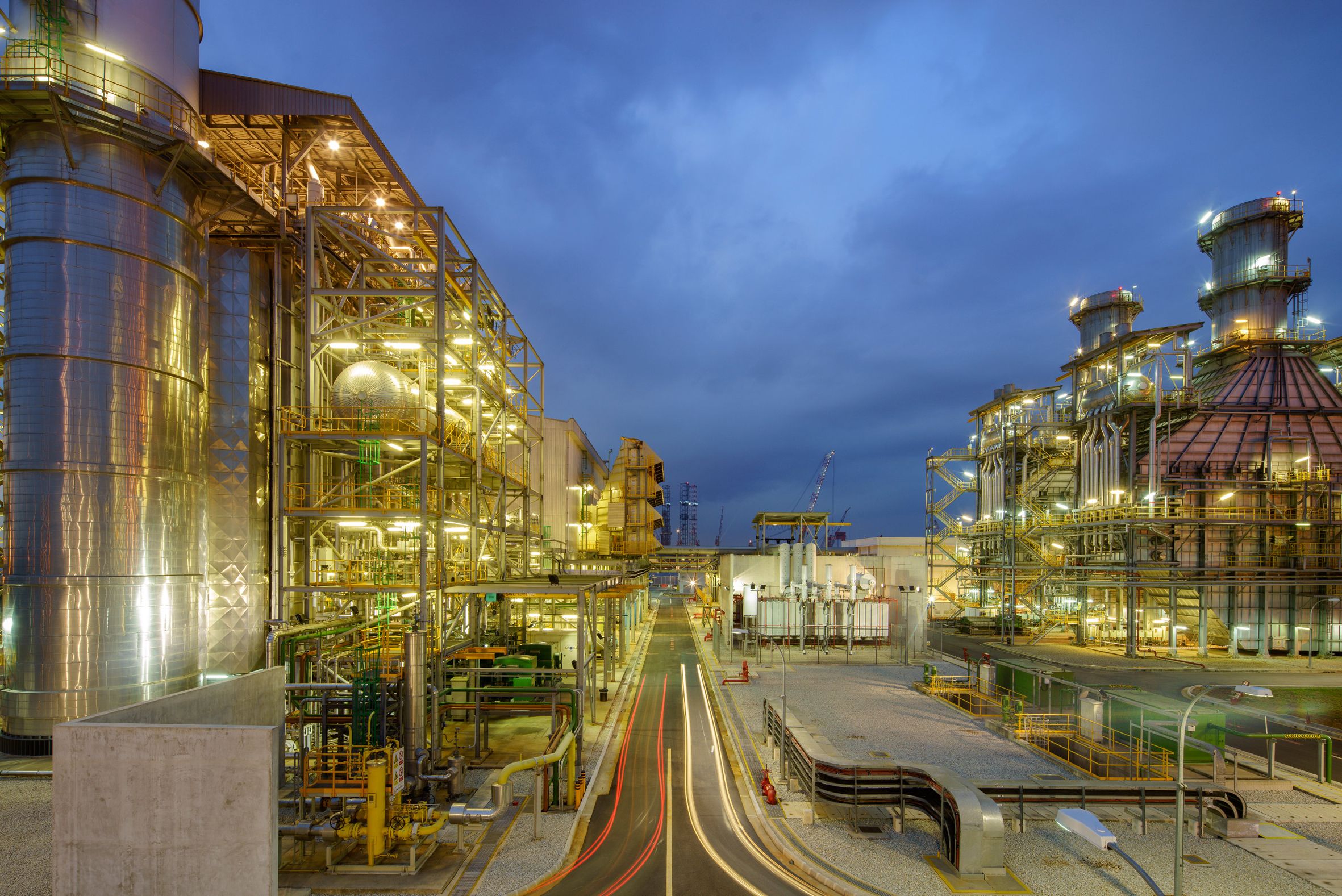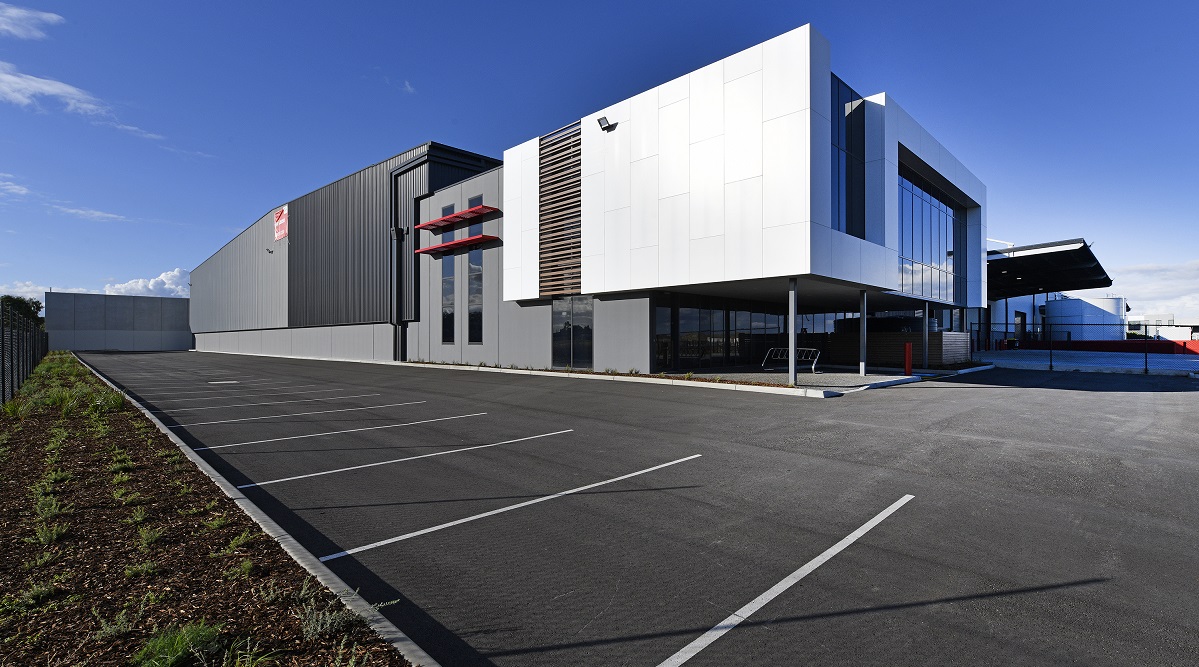On 30 January 2023, Keppel Infrastructure Trust (“KIT”) announced their 2022 full year result. For me it provided a nice overview, with several new acquisitions during the year and watching them expand their asset base.
Distributable income have increased overall for 2022, which is a positive for the trust considering that their 9 months results had shown a drop instead. They have also declared a dividend at a rate that remained flat as compared to the previous distribution.
Nonetheless for a trust, there are still some things investors should take note of as detailed below. This includes their gearing ratio and interest coverage.
Website: Financial Statements And Related Announcement::Full Yearly Results
Background
KIT is the largest diversified business trust listed in Singapore with approximately SGD7.3 billion in assets under management.
KIT’s portfolio comprises strategic businesses and assets in the three core segments of Energy Transition, Environmental Services, and Distribution & Storage. These businesses and assets provide essential products and services across a broad range of industries; and generate regular and resilient cash flows, with potential for growth that is supported by favorable long-term market dynamics and demand. This is in line with KIT’s long-term goal of delivering sustainable and growing returns to Unitholders, through a combination of recurring distributions and capital appreciation.
Keppel Infrastructure Fund Management Pte Ltd (“KIFM”) is the Trustee-Manager of KIT. KIFM is a wholly-owned subsidiary of Keppel Capital, a premier asset manager with a diversified portfolio in real estate, infrastructure, data centres and alternative assets in key global markets.
Keppel Infrastructure Holdings Pte. Ltd., a wholly-owned subsidiary of Keppel Corporation Limited, is the Sponsor of KIT.
The breakdown of their business are as follows:
- Energy Transition
- Environmental Services
- Distribution and Storage
The Energy Transition segment comprises of City Energy, Aramco Gas Pipelines Company, Keppel Merlimau Cogen Plant (“KMC”) which is a cycle gas turbine power plant, European Onshore Wind Platform and a 465MW German offshore wind farm (“BKR2”).
The Environmental Services segment comprises of Senoko Waste-to-Energy (“WTE”) Plant, Keppel Seghers Tuas WTE Plant, Keppel Seghers Ulu Pandan NEWater Plant, SingSpring Desalination Plant and Eco Management Korea Holdings Co., Ltd (“EMK”).
The Distribution and Storage segment comprises of Ixom and Philippine Coastal Storage & Pipeline Corporation.
Key Metrics
Distributable Income
| Metrics | Current | Previous |
|---|---|---|
| Distributable Income | +15.8% | -5.3% |
In this quarter, management have changed their metric of “Free Cash Flow to Equity” and renamed it to “Distributable Income”, with no change to computation. Unlike Real Estate Investment Trusts (“REITs”), KIT is a business trust and are not imposed the same regulations as REITs.
For me personally, this means I will still be focused on their distributable income instead of distribution per unit (“DPU”). This is to ensure that management are taking the right steps to increase their income which in turn sustains their DPU. Their DPU have been relatively flat across the years.
Based on the announcement on 30 January 2023, it was noted that distributable income have increased by 15.8% for the full financial year 2022 as compared to 2021. This was mainly due to the the following:
- Increase in distributable income from City Energy and Ixom of approximately SGD10 million each
- Contribution from Aramco Gas Pipelines Company, of which there were none in the previous financial year
This metric is Favorable as there is as improvement in the distributable income. The total distributions paid to unitholders of the Trust annually approximates around SGD190 million, and the distributable income is able to sustain the payout.
Gearing Ratio
| Metrics | Current | Previous |
|---|---|---|
| Gearing Ratio | 39.8% | 33.6% |
Gearing ratio stands at 39.8% as at 31 December 2022 compared to 33.6% as at 30 September 2022. The increase was mainly due to drawdowns to fund the acquisition of BKR2 and EMK.
Although KIT are not subjected to the same gearing requirements as REITs, the MAS rule is a safeguard to prevent the REIT from being overleveraged, which will help to protect investors capital. Using the REIT benchmarks, the metric is considered Neutral.
Interest Coverage
| Metrics | Current | Previous |
|---|---|---|
| Interest Coverage | 1.2x | No Info |
If using the same computation as REITs (EBIT/net interest expense), as of 31 December 2022 the EBIT of the trust is SGD135 million while finance costs if SGD112 million for the full financial year. This translates to interest coverage of 1.21 times and thus there is insufficient interest coverage. So while they generate sufficient cash flows to pay the interest, profits are not sufficient to cover the interest expenses comfortably.
The overall metric is Unfavorable as the interest coverage is lower than my preference of 5.0 times and may worsen. On 1 February 2023, the Federal Reserve has hiked interest rates to a range between 4.5% and 4.75%, and gave little indication it is nearing the end of this hiking cycle.
Website: Fed raises rates a quarter point, expects ‘ongoing’ increases
The sensitivity analysis using the information as at 31 December 2022:
| Description | Amount (SGD’000) |
|---|---|
| Total Debt | $2,900,000 |
| Debt Not Hedged (%) | 28.0% |
| Debt at Floating Rate Exposed | $812,000 |
| Distributable Income FY2022 | $222,493 |
Interest rate sensitivity analysis as below:
| Change in Interest Rates | Decrease in Distributable Income (SGD’000) | Change as % of 2022 Distribution |
|---|---|---|
| + 50 bps | -$4,060 | -1.8% |
| + 100 bps | -$8,120 | -3.6% |
| + 150 bps | -$12,180 | -5.5% |
| + 200 bps | -$16,240 | -7.3% |
| + 250 bps | -$20,300 | -9.1% |
| + 300 bps | -$24,360 | -10.9% |
Do note the above is my estimation which may be different from management’s estimation. Nonetheless, if the interest rates were to increase by the basis points above, KIT may experience a fall in DPU accordingly.
Debt Maturity Profile
| Metrics | Current | Previous |
|---|---|---|
| Debt Maturity Profile | 2.6 years | 3.0 years |
Weighted average term to maturity of their debt stands at 2.6 years as at 31 December 2022. This is Favorable and it allows them sufficient time to refinance their debts as they fall due.
Price to Book Ratio
| Metrics | Current | Previous |
|---|---|---|
| Price to Book Ratio | 2.98 | 2.53 |
The Price to Book (“P/B”) ratio currently stands at 2.98. This is computed using the closing share price of SGD0.575 on 2 February 2023 and the net asset value per share of SGD0.193 as at 31 December 2022.
The P/B ratio is Unfavorable as there are other business trusts, such as CapitaLand India Trust (SGX: CY6U) and NetLink NBN Trust (SGX: CJLU), which have lower P/B ratios as at 2 February 2023.
Dividends
| Year | Yield | Total |
|---|---|---|
| 2023 | 3.32% | SGD 0.019 |
| 2022 | 6.66% | SGD 0.038 |
| 2021 | 6.47% | SGD 0.037 |
| 2020 | 4.85% | SGD 0.028 |
| 2019 | 6.47% | SGD 0.037 |
| 2018 | 6.47% | SGD 0.037 |
| 2017 | 6.47% | SGD 0.037 |
With the distribution for the calendar year 2022 of SGD0.0383 per share and closing share price of SGD0.575 as at 2 February 2023, this translates to a healthy 6.66% dividend yield and looks to be sustained in 2023.
Do note the difference in yield for 2020 was due to the their change in dividend payout policy from quarterly to semi-annually. There was thus no payout in September 2020. They have not missed their dividend payments since 2016.
For my benchmark, a general reasonable range would be around an average of 5.5% to 6.5% in the current environment, and KIT have been fairly consistent throughout the years.
Website: Reasonable Dividend Yield 2023Q1
KIT have traded at a higher yield compared to the other well-known REITs and investors require a higher return to compensate for the risk as it is a business trust. If using dividend yield of 7.5% as a benchmark, based on the dividend of SGD0.038 there is potential for KIT to see its share price drop by another 11.9% to SGD0.51. Investors will thus need to be mentally prepared that the share price might further fall if interest rates for safe assets in Singapore approaches to cross 4%.
| Yield | Share Price | Downside |
|---|---|---|
| Current (6.66%) | 0.58 | – |
| 7.50% | 0.51 | -11.9% |
| 8.50% | 0.45 | -22.3% |
| 9.50% | 0.40 | -30.4% |
Nonetheless, it is worth noting that interest for long-term safe assets are on a downtrend. The February 2023 Singapore Savings Bond being issued with a 10-year average interest rate of 2.97%, which is lower than the previous few months. There is a chance with the continued decrease interest rates, the required dividend yield of investor required may not be as high as before.
Website: SBFEB23 GX23020X Bond Details
The dividend yield is Neutral.
Key things to note
Growing towards asset light
KIT has a wide range of plants and operations. By no means it is an asset light Company. However from an accounting point of view, they have been paying out dividends that are higher than their earnings. This is possible because of the high depreciation, which is a non-cash adjusting expense, resulting in high EBITDA as compared to profits.
For illustration purposes, imagine a scenario where you are in the business of car rental. The useful life of cars in Singapore companies are generally 10 years. This is due to the Certificate of Entitlement (“COE”) lasts only 10 years, and the value of the car is thus depreciated over its 10 years useful life. However, over the course of the 10 years, at the end of the useful life with the expiry of the COE, you will need to pay an equivalent amount to purchase a new car with a new 10 year COE. The new purchase would not be possible if you pay out dividends based on EBITDA and have no cash savings from the dividend expense.
What management is saying is that the assets of KIT do not have a high replacement cost at the end of its useful life. and the assets will still be able to continue to operate indefinitely. Thus they do not need to save money from the depreciation expense for a potential replacement of the assets.
The result is that the net asset value of the Company will continue to decrease as they continue to pay out the dividends sustained using EBITDA. This can be seen from the NAV of SGD0.193 per unit as at 31 December 2022, a decrease from SGD0.223 as at 31 December 2021. Eventually if they would like to secure new financing, their balance sheet will seem to have insufficient assets to pledge as collateral for new borrowings.
Summary
| Metrics | Financials | Rating |
|---|---|---|
| Distributable Income | +15.8% | Favorable |
| Gearing Ratio | 39.8% | Neutral |
| Interest Coverage | 1.2x | Unfavorable |
| Debt Maturity Profile | 2.6 years | Favorable |
| Price to Book Ratio | 2.98 | Unfavorable |
| Overall | Neutral |
It is a bit disappointing that the significant increase in distributable income did not translate to higher dividend for shareholders. However, I would not mind if KIT is able to use the retained income to make accretive acquisitions.
The improvement in distributable income is definitely a welcome one. Especially since in my previous article, noted that the distributable income actually decreased when comparing the first 9 months of 2022. Given its fluctuations, investors need to continue monitoring the performance of KIT. It will not be unexpected if dividend were to be cut in any given year if the distributable income is unable to cover the total dividend payout.
There is also limited opportunity for the Company to experience strong capital growth as compared to other industries where new breakthroughs can send the share prices skyrocketing. Any new growth is more likely to at best lead a small appreciation in share price.
As KIT is a business trust, the financials and metrics are not similar to REITs and they have different performance indicators in mind. Investors will thus have to ensure that they are comfortable with how the financials operate, and I am of the view that it is appropriate given their type of assets.
Disclaimer: Not financial advice. All data and information provided on this site is for informational purposes only.
Previous Post
Website: Keppel Infrastructure Trust (SGX: A7RU): 2022 Third Quarter Business Update




Dear Vires
Thanks very much for your very incisive analysis. Having held this since last 6 plus years, I have been monitoring this one and was quite worried by the previous quarter results that showed the fall in the income. Nevertheless, the overall metrics were stable and with the new investments in gas pipelines, wind power infrastructure and water desalination , I took a leap of faith and added again at 54-56 range recently
Overall, the distribution has been fairly consistent and this will be a safe play as rates will definitely peak soon. Further dividend boosting acquisitions are feasible only when rates fall significantly and I do not expect the DPU to touch even 4 cents per year for the immediate future
Overall, a safe bet. I will add more at and under 55 c at next pullback
Regards
Garudadri
Yes agree with you on that. I thought it was not enough to sustain the dividend payout originally.
Do you think they will increase dividend in 2023? Or perhaps fund a new acquistion.
Dear Vires
It would be prudent if they decide to not go on an expansion spree now with high rates. I think the DPU might just stay at this rate for the next 1-2 years. If the EU infrastructure wind power returns are good, we can expect a minimal increase but I would prefer that they whittle down their debt instead
Regards
Garudadri
Dear Garudadri,
Thank you for sharing your thoughts. It was a good one. Will add it inside my next article for KIT.
Best Regards,
Vires